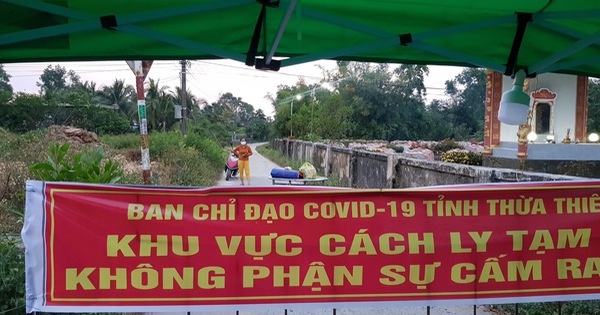Giảm thôi ko triệt tiêu, vẫn đang nghiên cứu xem môi trường truyền nhiễm thuận lợi bất lợi thế nào. Ấn Độ ở bẩn lắm dễ truyền nhiễm

We project the CRW for the next year across the world using weather data (averaged over a moving window of 15 days) from 2019 period. Our projections suggest warmer times of the year, and locations, may offer a modest reduction in reproductive number, helping with efforts to contain the pandemic and build response capacity. Outdoor UV is also associated with lower transmission up to a point (index of ~6.5), but above the effect reverses, creating an overall U-shaped relationship. Pressure, precipitation, diurnal temperature, lack of humidity, SO2 and Ozone all modestly contribute to increased transmission rates. Overall, CRW numbers rarely go below 0.5 or abouve 1.5, indicating that upcoming changes in weather alone will not be enough to fully contain the transmission of COVID-19.
Đây là báo cáo của ĐH Ha vớt.
Analysis of the impact of weather on the transmission of the virus across 3,739 global locations

projects.iq.harvard.edu








 Em cứ xem cơ quan ngôn luận của Bộ Y tế phán cho nó nhanh thôi
Em cứ xem cơ quan ngôn luận của Bộ Y tế phán cho nó nhanh thôi 


